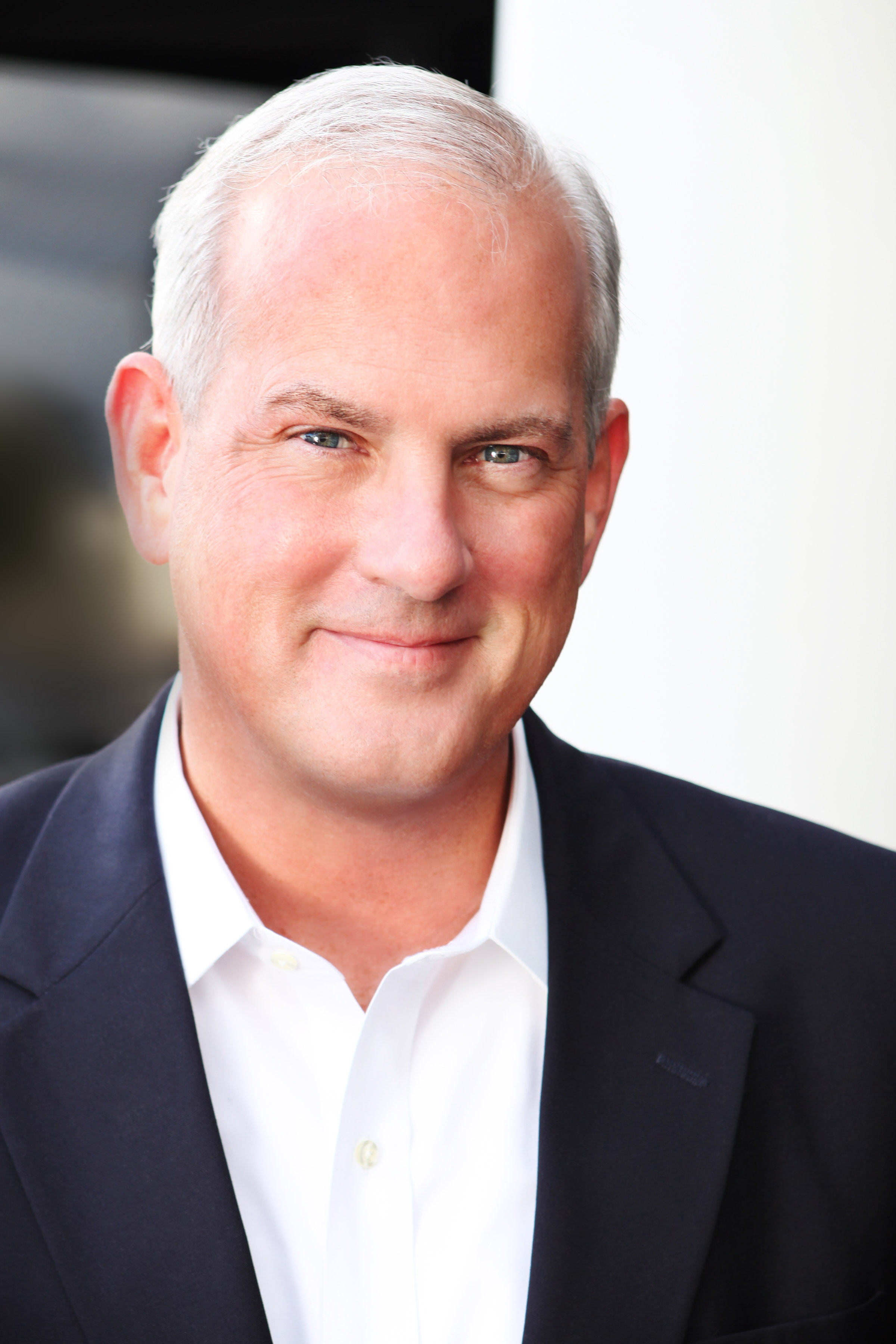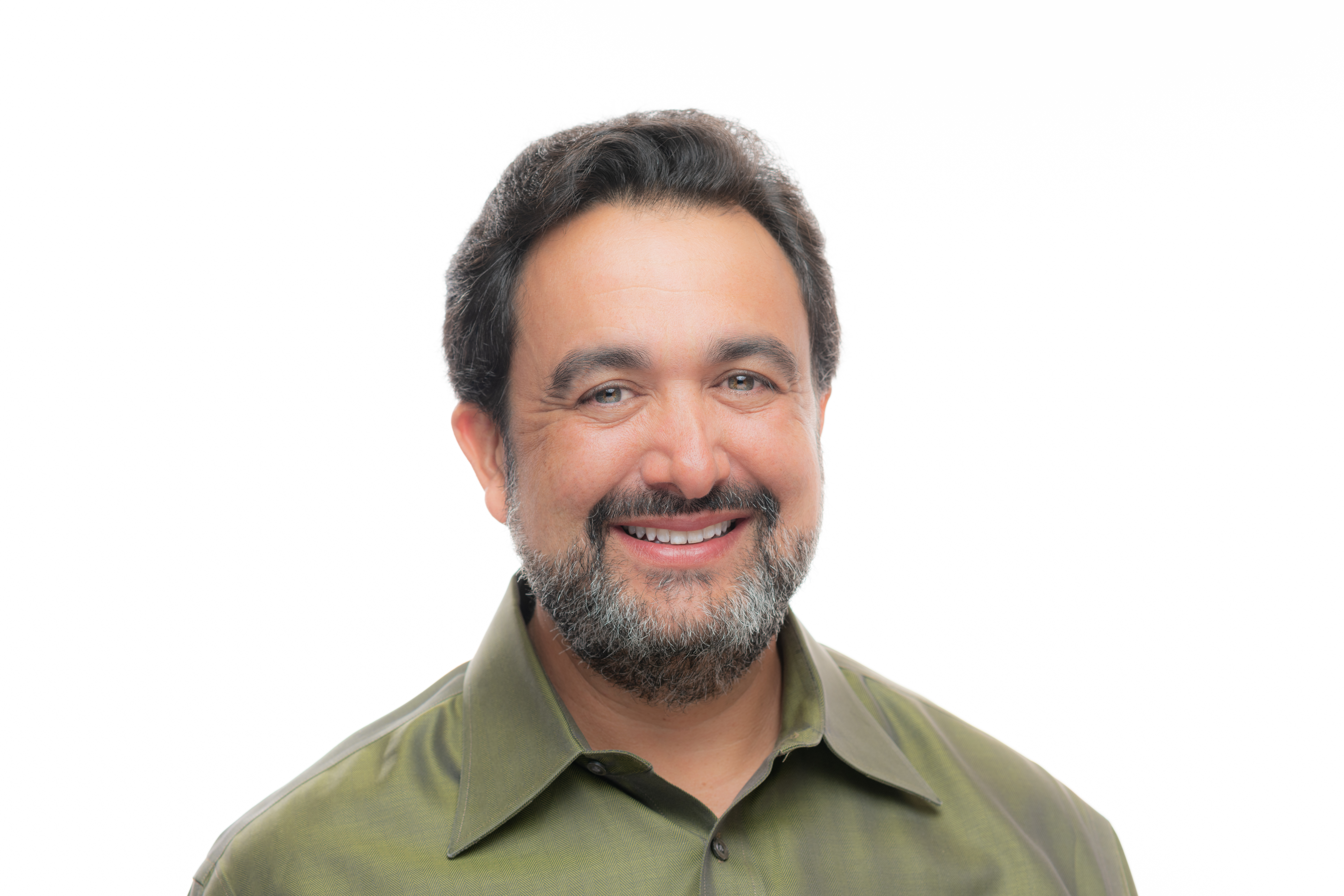Business Management Systems: Taking Care of Business in a Multiplatform World
Traffic, billing, HR and scheduling adapt to multiplatform workflows

ONTARIO—The fundamental nature of TV broadcasting is changing, and the companies who make its back office systems—business management (formerly “traffic and billing”), human resources, and scheduling—are changing as well to keep up with the industry’s evolving multiplatform needs. To maximize the continuing usefulness of their products, these vendors are watching broadcast industry trends very closely.
THE MOVE TO CLOUD
The software advances being made by Imagine Communications, Marketron, Myers, Xytech, and WideOrbit, among others, in their back office systems are an indirect response to eight key broadcasting advances.
According to these companies, the biggest trend is the ongoing migration of TV broadcasting—in all respects—onto third-party cloud platforms.
“Transitioning to the cloud provides numerous efficiencies for both software vendors and clients alike,” said Crist Myers, president and CEO of Myers. “Less onsite hardware, improved security, unlimited scalability, ease of accessibility, guaranteed uptime, automatic software updates: This list of benefits goes on and on.”
The second trend affecting business management systems are emerging technologies such as ATSC 3.0. “These technologies are going to usher in increased advertising opportunities and a much higher levels of personalization,” Myers added. “Linear schedules are going to become multidimensional, so we are staying focussed on both expanding our existing toolsets as well as introducing new ones.”
MOBILE AND INTEROPERABILITY
Get the TV Tech Newsletter
The professional video industry's #1 source for news, trends and product and tech information. Sign up below.
Xytech COO Greg Dolan said that mobile and the need for interoperability between digital and linear platforms are driving his company’s product development.
“One of our goals here at Xytech is to put curated functionality and data into the hands of the right people at the right time with a mobile application,” he told TV Tech. “Another goal is to ensure our system seamlessly integrates with other systems. This is vital for our customers to save time, effort and reduce mistakes.”

Over at Imagine Communications, Ad Tech Products Senior Vice President Brad Herman cited the convergence of broadcast digital/linear TV services and the one-to-one targeting of advertising as two trends that business management software has to address.
“By aggregating the audience, a broadcaster can develop a single, intelligent campaign that runs across linear and digital, taking the best of both and combining them to improve overall advertising,” Herman said. “Meanwhile, individual ad targeting has been seen as a unique benefit of digital services. But with broadcasters putting linear television services on IP streams, ATSC 3.0 offering options for targeting, and mapping non-Nielsen audiences to content, the options for tightly addressed commercials are increasing.”
AUTOMATING TRADITIONAL PROCESSES
Increasing automation across every aspect of TV broadcasting is the fifth key trend that business management software providers are responding to.
“Many people think immediately of programmatic sales when they hear the word ‘automation,’” said Will Offeman, WideOrbit’s chief product officer. “While that’s certainly part of it, it’s also about automating traditionally manual processes like the handling of Electronic Material Instructions; accounts receivable, collections, and payment processes; and automating makegoods as much as possible by offering suggestions based on an automated comparison of the advertiser’s needs—the right audience, at the right time, the right programming—against available inventory.”

Marketron Vice President of Product Jimshade Chaudari sees three more trends that business management software is now addressing. First, “remote work is here to stay: While COVID continues to play havoc, it seems many employees prefer the ability to work remotely,” he said. Next, “broadcasters need technology that supports more than just linear ad tactics. Technology vendors need to offer solutions that support all ad types across proposals, orders, execution, performance reporting and billing.”
Finally, the speed and scale of broadcast operations are changing as broadcasters face increased competition in both programming and advertising. “As a result, they need technology that streamlines workflows with modern, easy-to-use interfaces,” said Chaudari. “TV groups should expect their technology vendors to offer API-based platforms that are interoperable with their other tools. They don’t have time to manually move data to understand the health of the business.”
WHAT’S NEXT
Mindful that change never stops, business management system vendors are looking out for the next big thing in TV broadcasting, and adjusting their products to deal with it.
Opinions vary on what it will be. “Clearly, the next big thing in the [broadcast] industry is the rollout and adoption of ATSC 3.0,” said Crist Myers. But Dolan disagrees. “The next big thing on the horizon is the use of optimization tools and artificial intelligence,” he said.
According to Herman, “the next big thing will be platforms that combine the brand safety and premium viewing experience of linear broadcast with digital’s open architecture, high levels of automation and targetability—platforms that take the best of both linear and digital advertising experiences to improve both.”

Offeman similarly sees the evolution in advanced advertising as having an enormous impact for TV broadcasters, but in a different way.
“As broadcasters make it easier for advertisers to buy their digital inventory, they’ll attract previously digital-first advertisers,” he said. “Those brands who are new to TV will discover the unmatchable value of unduplicated reach and of providing a shared, common experience. When that happens, broadcasters who are ready to offer both will have the advantage.”
For his part, Chaudari is not so much focussed on what the next big thing will be, so much as he is with broadcasters being able to adjust to it.
“Whether it’s TIP-compliance or NextGen TV, broadcasters need to be thinking about future TV standards and the impact these will have on their operations and customer experience,” he said. To protect themselves, “Broadcasters should future-proof their technology stacks today with partners that are interoperable, cloud-based and offer centralized data warehousing to improve reporting.”
James Careless is an award-winning journalist who has written for TV Technology since the 1990s. He has covered HDTV from the days of the six competing HDTV formats that led to the 1993 Grand Alliance, and onwards through ATSC 3.0 and OTT. He also writes for Radio World, along with other publications in aerospace, defense, public safety, streaming media, plus the amusement park industry for something different.

